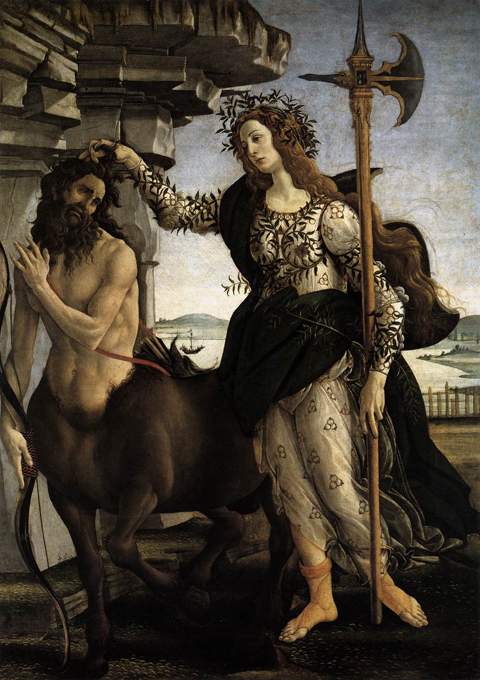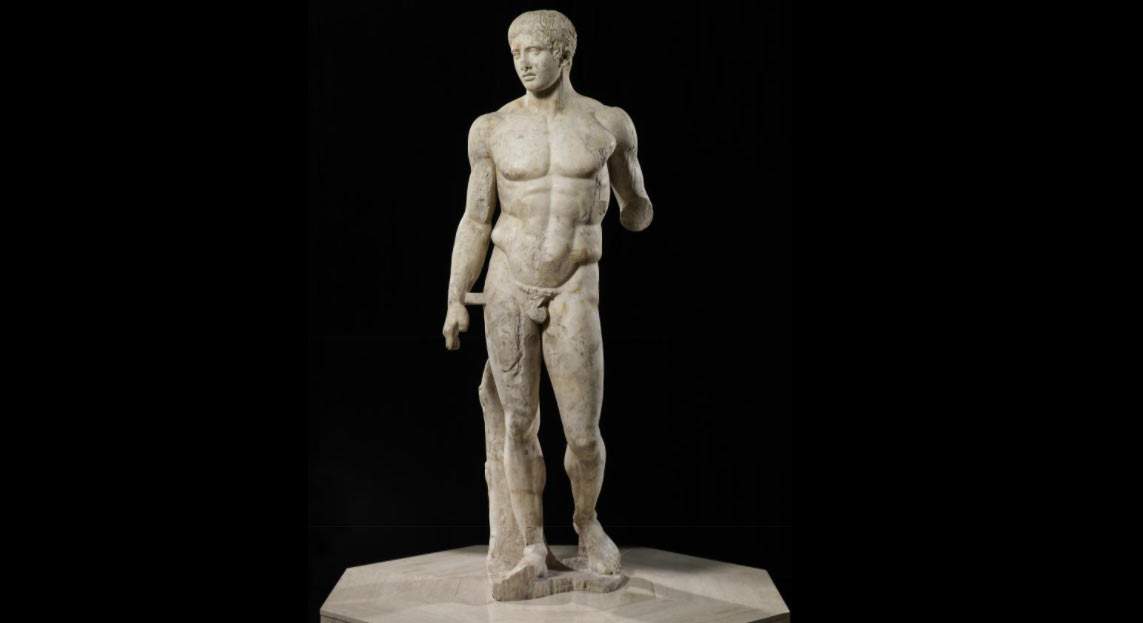An important nucleus of works is about to leave the Uffizi Galleries for the United States, specifically Minneapolis in Minnesota. The exhibition Botticelli and Renaissance Florence: Masterworks from the Uffizi will be held from October 15, 2022 to January 8, 2023, and will feature 45 works that the Florentine museum will lend to the Minneapolis Institute of Art (MIA), an institute where, moreover, Uffizi director Eike Schmidt worked until 2015 (he headed the department of sculpture and decorative arts) before taking up his current post. Going to Minneapolis will be Sandro Botticelli’s Pallas and the Centaur, as well as nine other paintings by the author of Venus (it has not yet been announced which ones they are), plus works by Filippo Lippi, Filippino Lippi, Antonio and Piero del Pollaiolo, Domenico del Ghirlandaio, Perugino, and Lorenzo di Credi. And again, there will be important Roman sculptures ranging from the second century B.C. to the second century A.D, including, reads the statement released by the American museum, “five major works from the Uffizi collection.”
The exhibition was created, Schmidt also explained in the Minneapolis Institute of Art’s statement, with the aim of “collaborating with the MIA to tell the story of the most extraordinary moments of Renaissance art, a period of extreme inventiveness and creativity that forged the course of world culture.” Curating the exhibition will be Rachel McGarry, head of European art at MIA, and Cecilia Frosinini of the Opificio delle Pietre Dure. The exhibition has allowed new laboratory tests on all the paintings on display; McGarry and Frosinini anticipate that there have been new discoveries (they will be published in the catalog to be released in October).

Noise is already beginning to swirl around this exhibition, partly because of the certain importance of the nucleus of works that will leave Italy for three months, and partly because the Minneapolis Institute of Art is holding the Doriforo di Stabiae, an important Roman copy of Polyclitus’ Doriforo, dating from between the first century B.C. and the first century A.D, and, above all, a work stolen in Italy: last Feb. 18, the Judge for Preliminary Investigations of the Court of Torre Annunziata issued a decree of confiscation against the work, at the request of the Torre Annunziata Public Prosecutor’s Office, headed by Nunzio Fragliasso, which in turn issued a request for international judicial assistance (based on agreements in criminal matters between Italy and the United States) for the execution of the decree. According to the Campania court’s reconstruction, the Doriforo di Stabiae illegally left our country as a result of a clandestine excavation conducted in Castellammare di Stabia between 1975 and 1976 and then entered the possession of Swiss dealer Elie Borowski, known for his trafficking in illegally sourced works, and purchased by the MIA in 1986, at a time when the Carabinieri were already hunting him, since they had unsuccessfully tried to have him seized in 1984 when he was in Germany. Recent investigations, according to the Torre Annunziata prosecutor’s office, have made it possible to identify with certainty the Doriforo’s illicit provenance, and as a result the MIA will have to return it to Italy.
Also according to Prosecutor Fragliasso, already at the time of the purchase in the United States there were doubts about its provenance. In fact, there would be letters from which these doubts emerge, and which contain references to requests for seizure by Italy in 1984. In October 2020, the case had also ended up in Parliament with a question by eight senators, led by Margherita Corrado, who, after reconstructing the history of the sculpture, asked Culture Minister Dario Franceschini whether it was not the case to “want to activate the appropriate channels to urge the Minneapolis institute of art to provide accurate and truthful information about the timing and manner of the acquisition of the statue, as well as to give impulse, within the limits of its prerogatives, to the careful verification of all available data and, if the necessary conditions are given, to the claim of the sculpture on behalf of the Italian State with the necessary determination.”

The Uffizi exhibition obviously has nothing to do with the case of the Stabiae Doriforo, but it will certainly seem curious to many that the Ministry is bringing masterpieces from the Florentine museum to an institution that has been urged to take action to return a stolen work to Italy even though, according to the Minneapolis Institute of Art, at the moment it would appear that no official request has been received by the museum. And the U.S. museum will obviously move only through official channels: the appeal to the MIA launched on change.org, which has so far collected nearly 8,000 signatures, will therefore not be sufficient, even though it is essential to apply pressure, to raise awareness, and to give an idea of the echo the affair is having.
There is also a curious connection: the mayor of Florence, Dario Nardella, is a native of Torre del Greco, so he comes from the same land as the Doriforo of Stabiae, and he has already promised in an interview with Repubblica that he will activate his diplomatic levers to facilitate operations. “While I do not condemn the loan of the Uffizi works to the MIA,” he said, “on the other hand I say that indeed precisely this availability of Italy to Minneapolis and to many other American museums is an opportunity to be seized. Precisely because we Italians have always been open and generous with the United States and with American museums, we have today one more card to ask for the respect of the principle of genius loci and therefore the respect of international rules and the return of a work like that.” Nardella said he was “ready to lend a hand, if the Minister of Culture agrees, in collaboration with him, so that Florence can be at the forefront in obtaining the return of the sculpture.” According to the first citizen, the exhibition “can be an opportunity to reopen the chapter and use the topic of loans as a readiness card that Italy offers to reopen negotiations. I am confident that Minister Franceschini also agrees on this aspect. As for us, Florence is ready to do its part.”
 |
| 45 Uffizi works leave for Minneapolis, museum that preserves the controversial Stabiae Doriforo |
Warning: the translation into English of the original Italian article was created using automatic tools. We undertake to review all articles, but we do not guarantee the total absence of inaccuracies in the translation due to the program. You can find the original by clicking on the ITA button. If you find any mistake,please contact us.